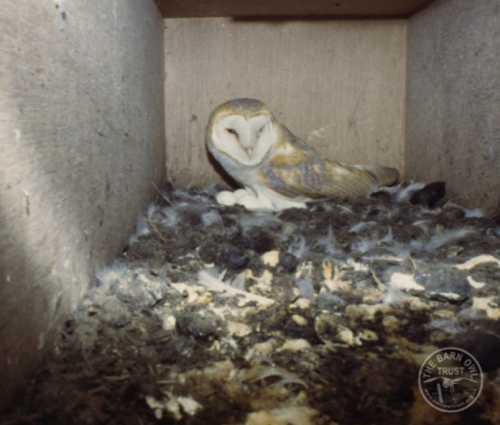Barn owls are unmistakable, commonly seen hunting in the countryside at night. To monitor them, it’s best to count nesting sites. They will readily use barn owl boxes, flat ledges and shelves in buildings high above the ground, and tree hollows. To find nesting evidence, look underneath these types of places. The Barn Owl Trust website describes how to identify signs of occupation that may help you differentiate barn owl nesting activity from other bird species. Potential complications are that a male barn owl will commandeer his own box/ledge if there is another one installed too close (100m) to the nesting site, but careful observation and the quantity of droppings and pellets usually differentiates a single occupant from a family. When observing the owls keep your distance – they are easily disturbed and can avoid going back to the box if you are close. Keep a record of nesting sites and see if you can figure out how many pairs you have on the farm.
If you are looking to monitor reproductive success of your breeding owls, approach a local nest recorder or ringer with a BTO Schedule 1 license for barn owl work because it is illegal to disturb a barn owl at the nest intentionally. Start with contacting the British Trust for Ornithology, who may be able to put you in touch with someone who could visit your nests and tell you how many chicks each has produced.
Nesting barn owl in a box © Barn Owl Trust

